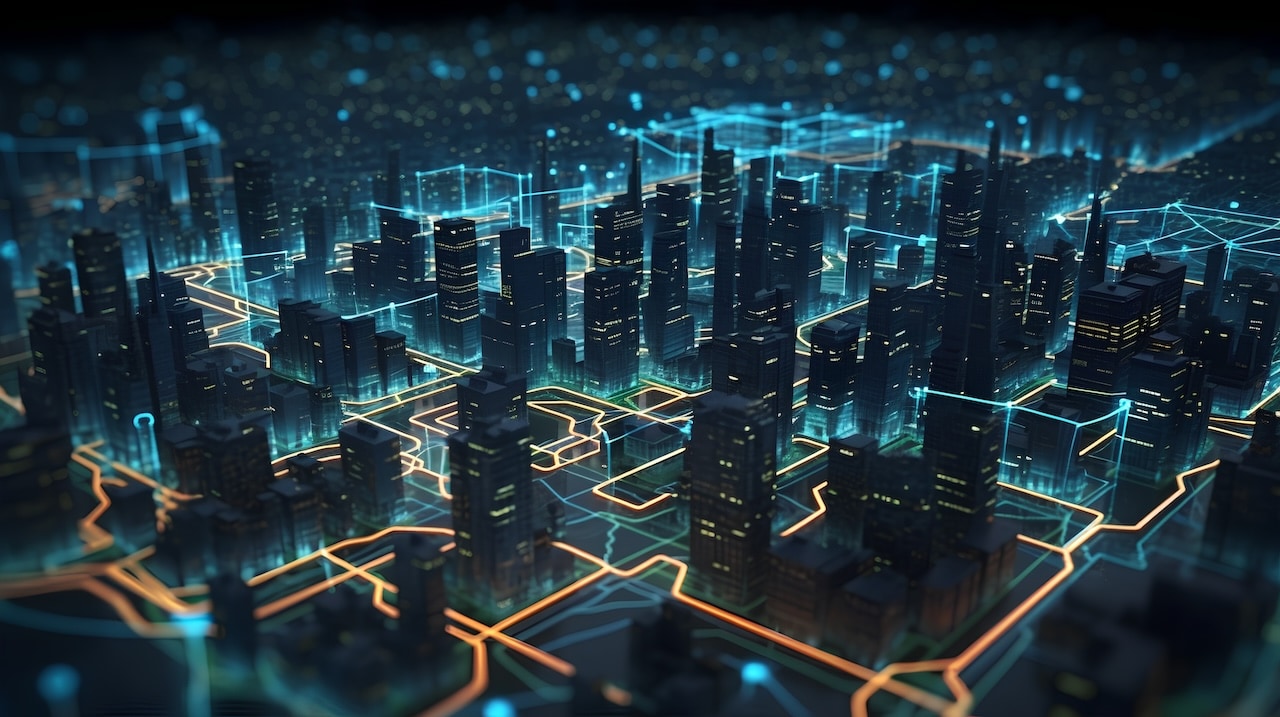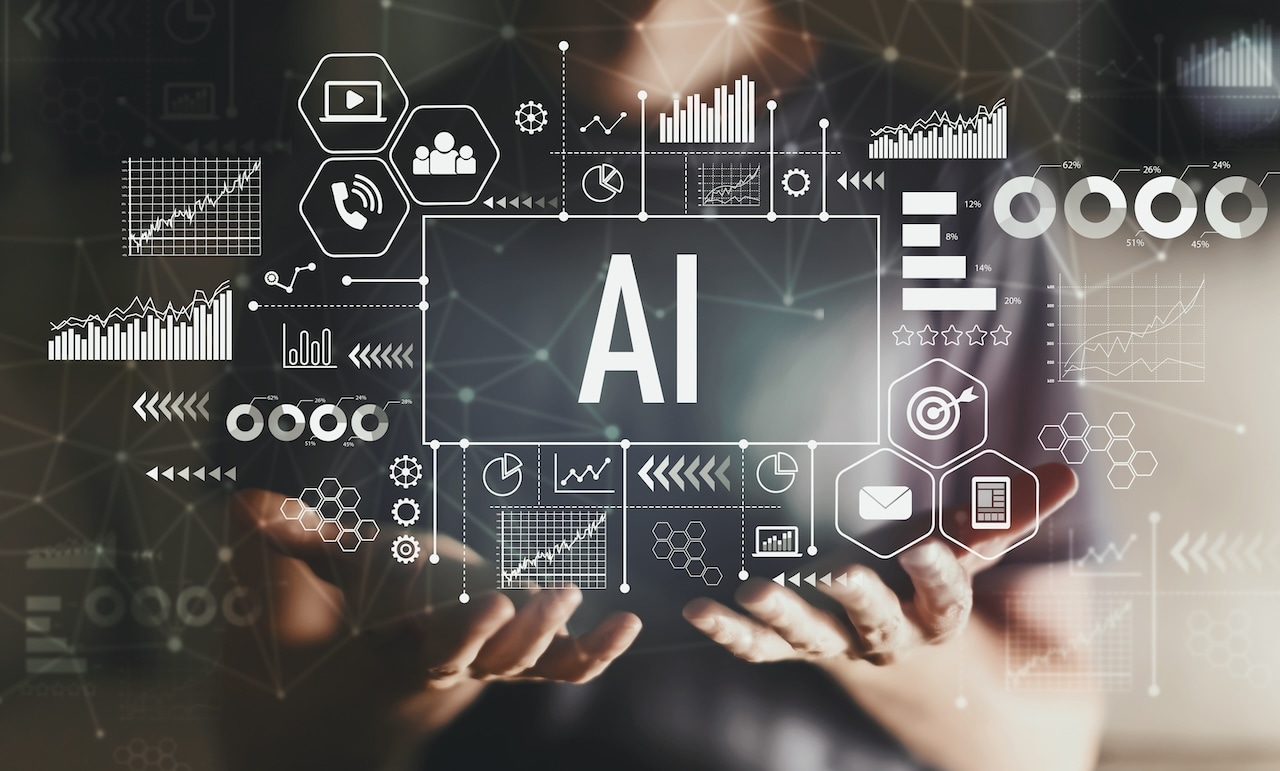The Convergence of
Cybersecurity and AI
7 Game-Changing Predictions for 2025
In 2025, businesses must adapt their strategies for operational resilience in the AI era, emphasizing the necessity of unified security platforms, transparent AI and cross-functional alliances for sustainability and trust.
The threat landscape is evolving rapidly. Unit 42 highlights early cybercriminal adoption of AI to create highly personalized phishing and smishing schemes that exploit both public and private data. We’ll see the continued escalation of adversarial AI targeting machine learning models to disable automated threat detection systems.
Critical infrastructure sectors like healthcare, energy, banking, transportation and data centers are expected to face heightened risks. These sectors are attractive targets due to their significant IP and critical data repositories, making them vulnerable to sophisticated disruptions.
By 2026, the majority of advanced cyberattacks will employ AI to execute dynamic, multilayered attacks that can adapt instantaneously to defensive measures. This escalation in AI usage by both attackers and defenders will transform the cybersecurity landscape into a continuous AI cyber arms race. Success in this New Year will depend on the convergence of security solutions and data into a unified platform, making strides in establishing governance frameworks and trust in AI, and putting AI at the helm of security operations.














